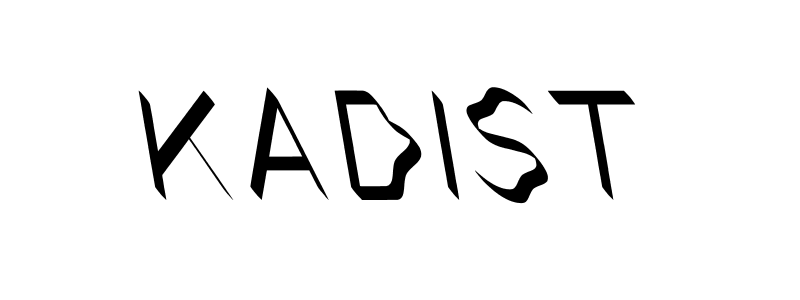Sojourner
2018 - Film & Video (Film & Video)
22:41 minutes
Cauleen Smith
Set to the iconic and spiritual music of Alice Coltrane’s Turiyasangitananda (1937–2007), Cauleen Smith’s film Sojourner travels across the US to visit a series of sites important to an alternative and creative narrative of black history. While the approach may appear spiritual, it is more futuristic (Afrofuturism and Radical Jazz) than religious. Smith is interested in using the individual stories of “those who have formed their own solutions” as a reconstructive and healing lens for considering the past. These individuals include (in addition to Coltrane), Rebecca Cox Jackson (1795–1871), Simon Rodia (1879–1965), and Noah Purifoy (1917–2004). The film ends with a feminist reimagining of a 1966 photograph by Billy Ray at the Watts Tower, with a group of men listening to the radio. The radio is a prop used throughout the film, transmitting words of critique, inspiration and philosophy that serve as a voice over for the film, and an act of shared and collective listening in various scenes.
Cauleen Smith is an artist and filmmaker whose approach has been shaped by the discourse of mid-twentieth-century experimental film — including structuralism, third world cinema, and science fiction. As an African American filmmaker, she approaches her subject with a sensitivity to the history of racial politics in the US and an engagement with the ongoing struggle for black liberation. Her work imagines a version of black experience, a parallel reality, that is feminist, spiritual, and both reverent and defiant. Her recent video installations are often accompanied by wall-paper, reflected light and other interruptions that transform the black box of the gallery.
Colors:
Related works sharing similar palette
» see more

© » KADIST
Mohamed Bourouissa
2009The film called Temps Mort (Dead Time or Time Out) presents an exchange of short video footage assembled into one final edit...

© » KADIST
Naoya Hatakeyama
Naoya Hatakeyama’s series Rikuzentakata (2011) documents the devastating aftermath of the 2011 Tohoku earthquake and tsunami in Japan...

© » THEARTNEWSPER
Arnolfini censorship row deepens as artists refuse to work with the Bristol institution Art market Museums & heritage Exhibitions Books Podcasts Columns Technology Adventures with Van Gogh Search Search Censorship news Arnolfini censorship row deepens as artists refuse to work with the Bristol institution The dispute was sparked by a decision to cancel Palestine Film Festival events Gareth Harris 14 December 2023 Share Signatories say that the Arnolfini's cancellation is "part of an alarming pattern of censorship and repression within the arts sector" Courtesy Artists for Palestine UK More than 1,000 cultural figures—including the artists Ben Rivers, Brian Eno and Tai Shani—are refusing to work with the Arnolfini contemporary arts centre in Bristol, UK, after the institution cancelled two events last month as part of the city’s Palestine Film Festival...
Related works found in the same semantic group
» see more

© » KADIST
Michel Auder
1999The Town consists of footage taken from Auder’s studio of the skyline of New York, tracking planes as they fly across the sky and pass tall buildings...

© » KADIST
Chto Delat
In this film is the story of two neighboring yet philosophically opposing nations: Russia and Norway...

© » KADIST
João Maria Gusmão and Pedro Paiva
2015The artist duo João Maria Gusmão and Pedro Paiva traveled to Japan for a month to make a series of short 16mm films, often shot in slow-motion...


